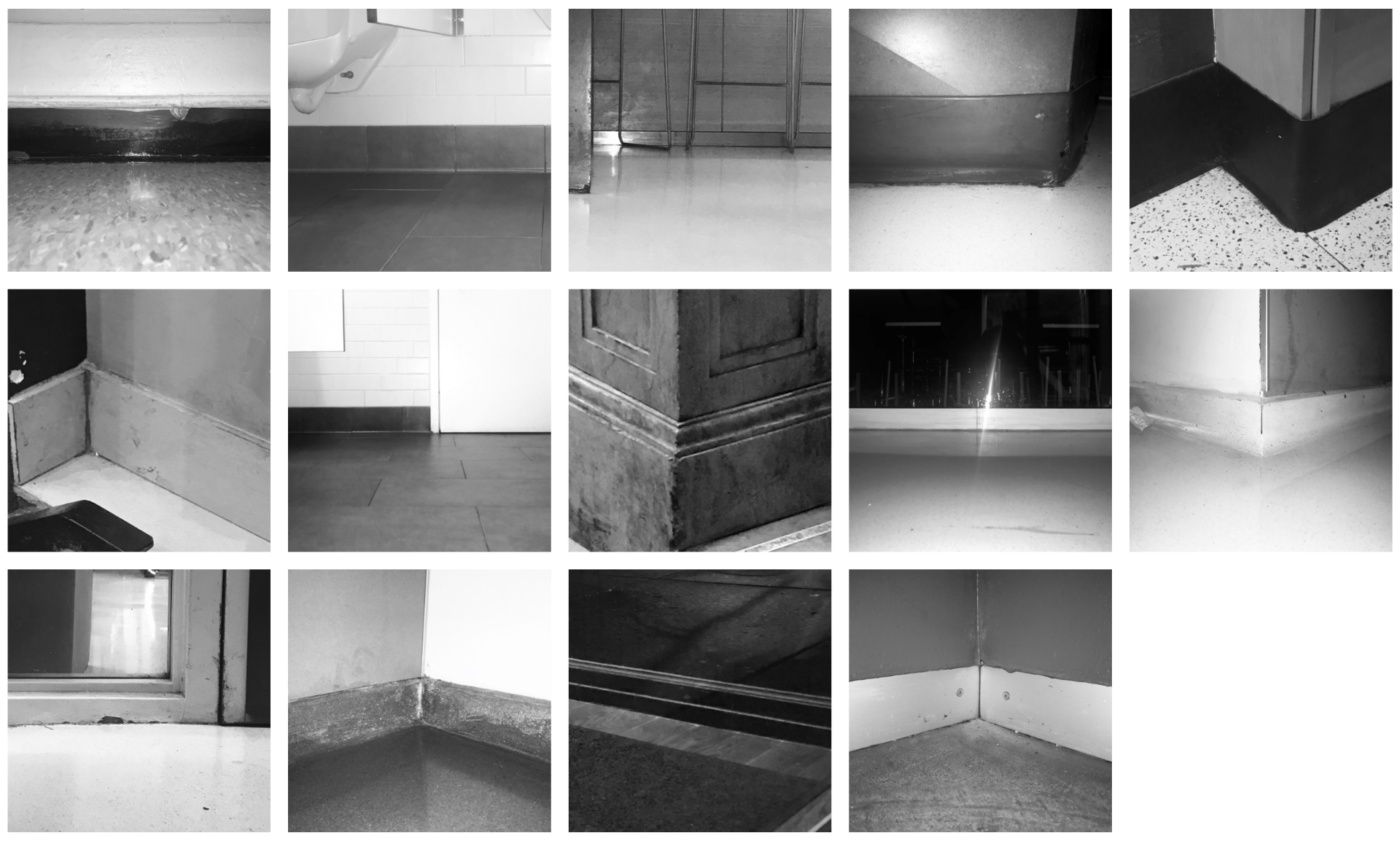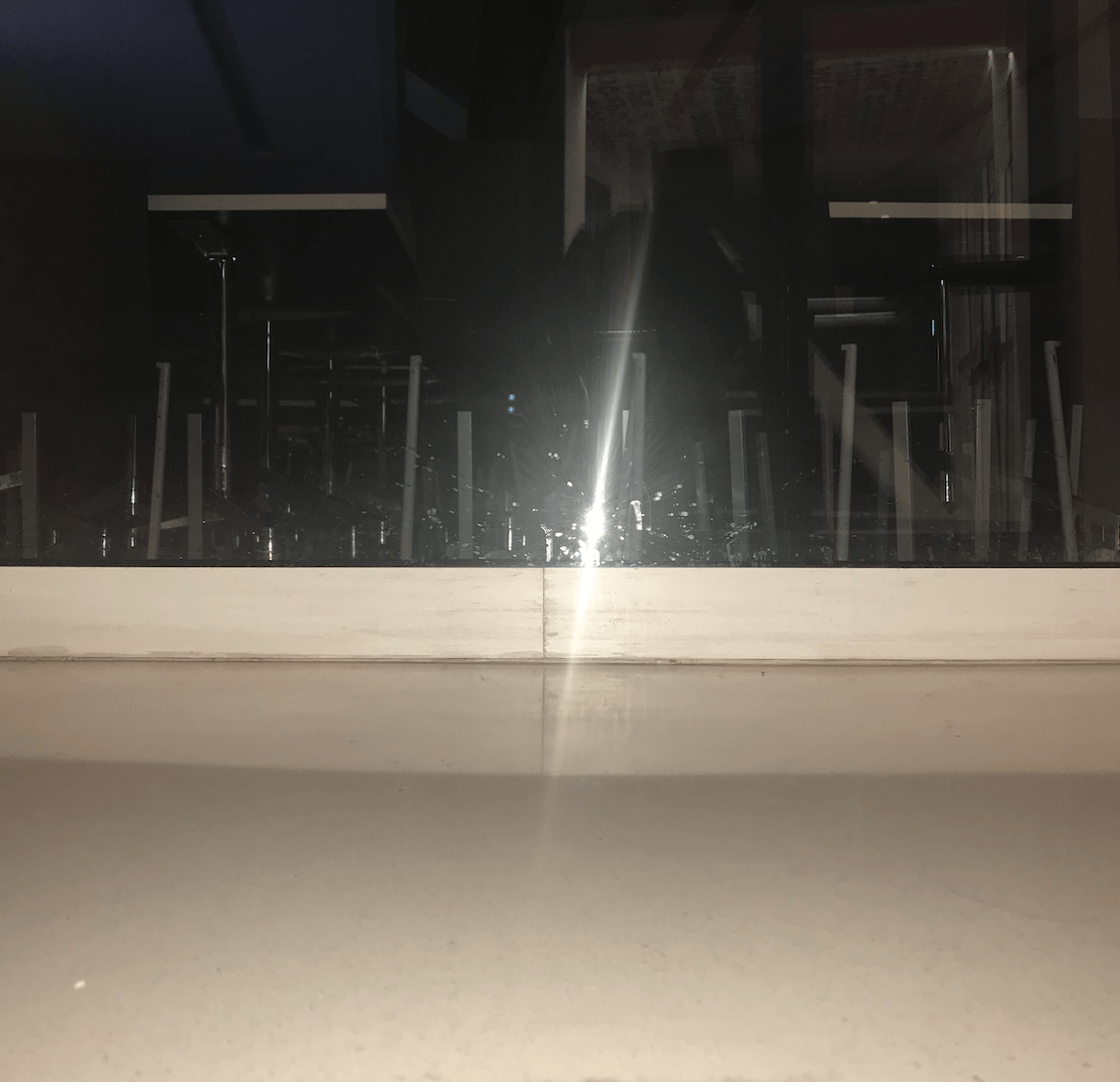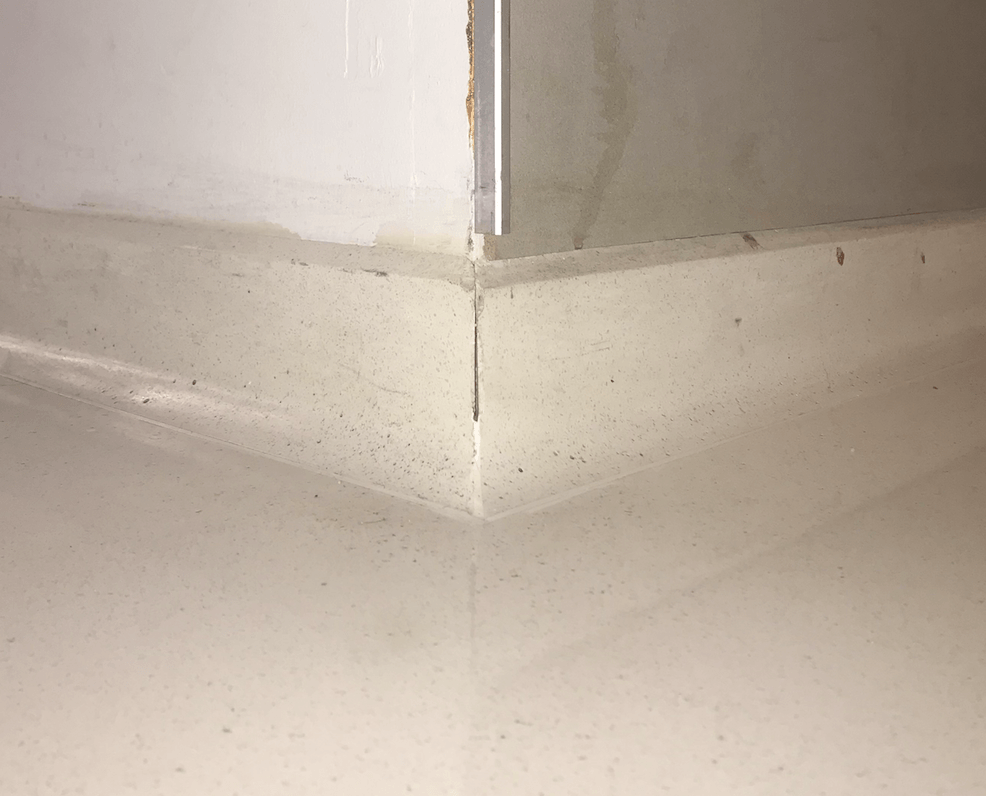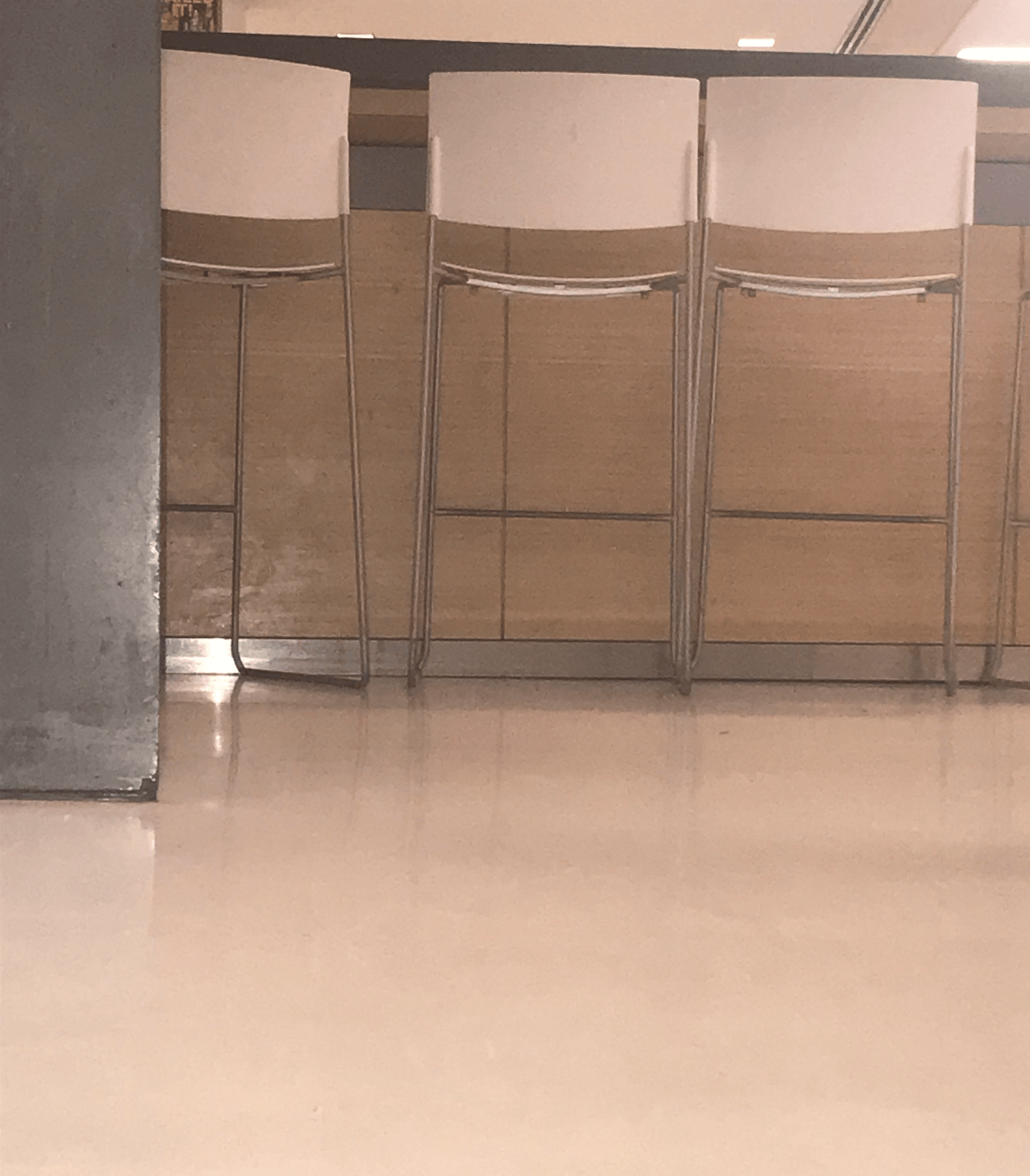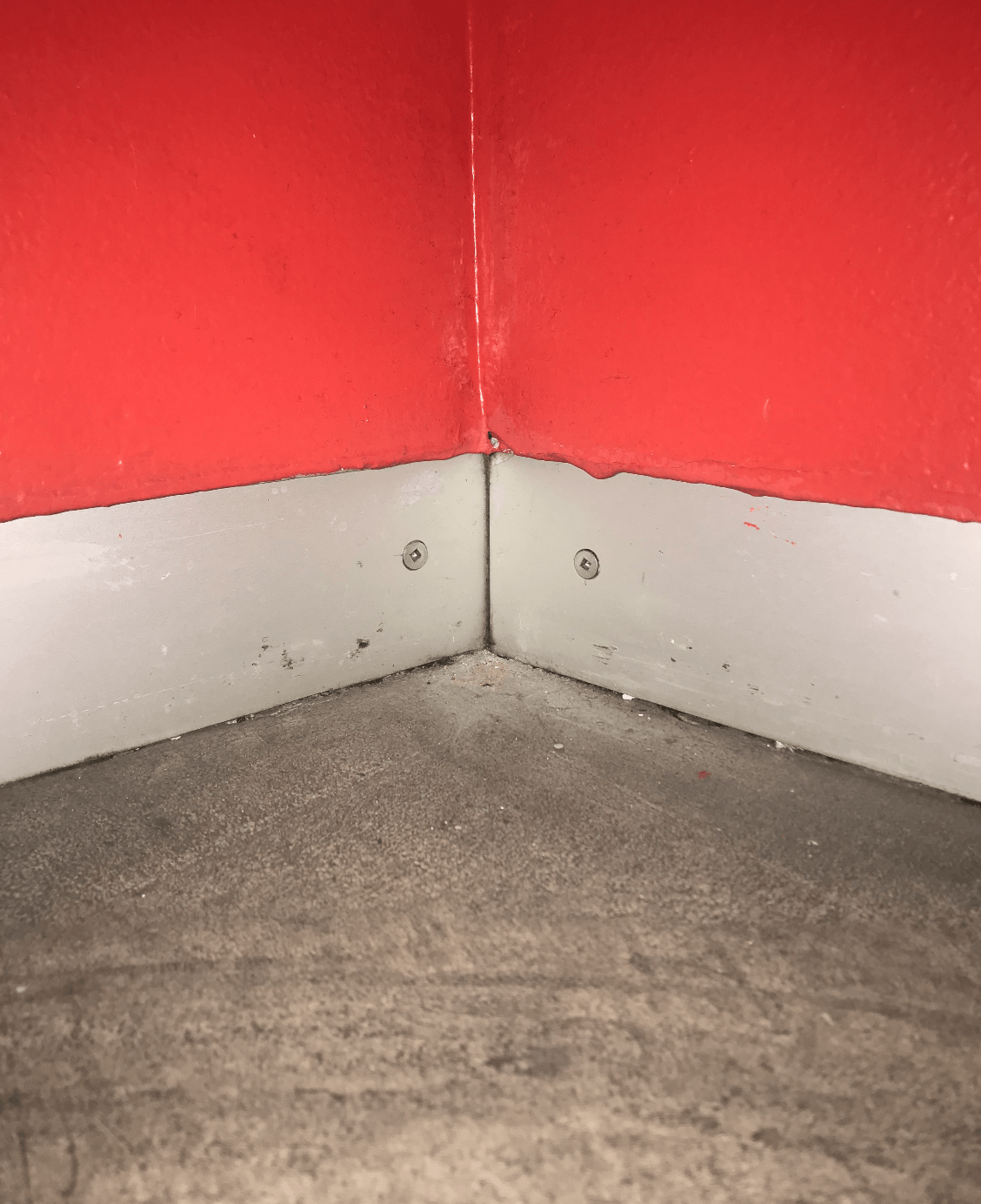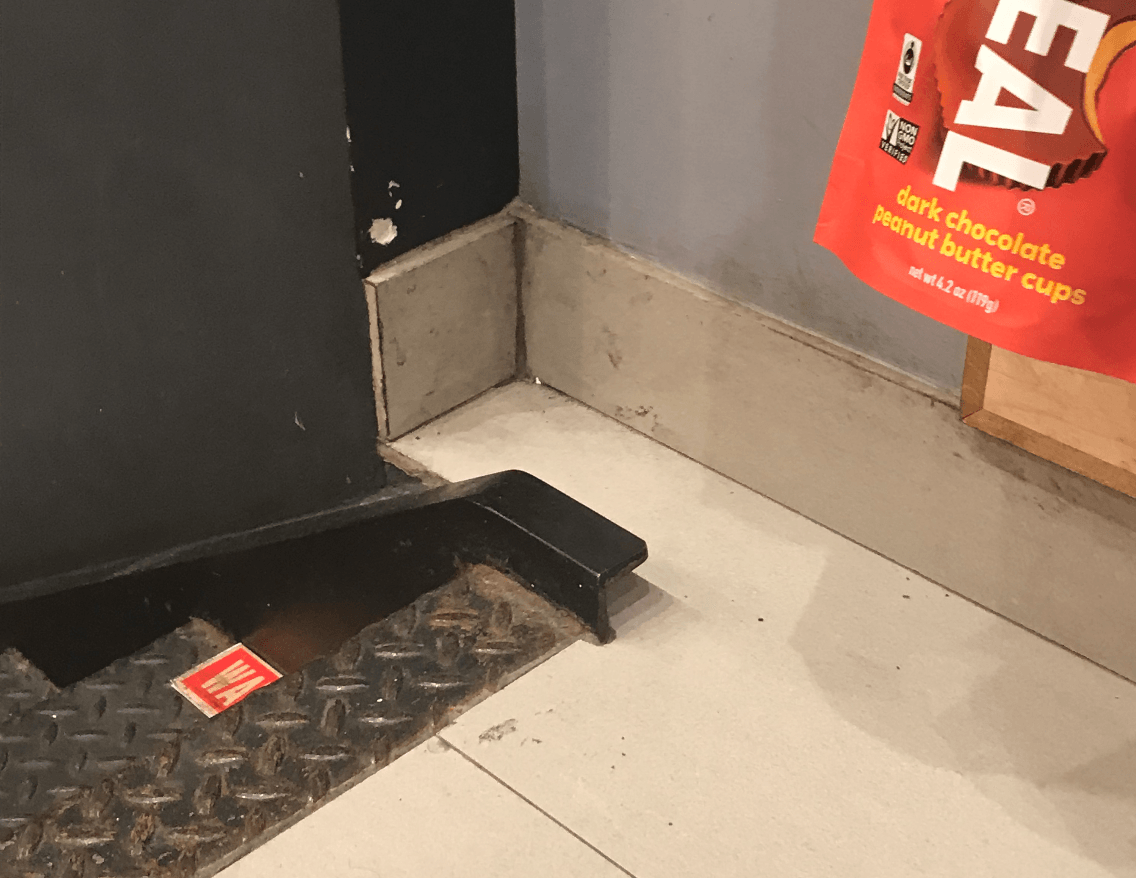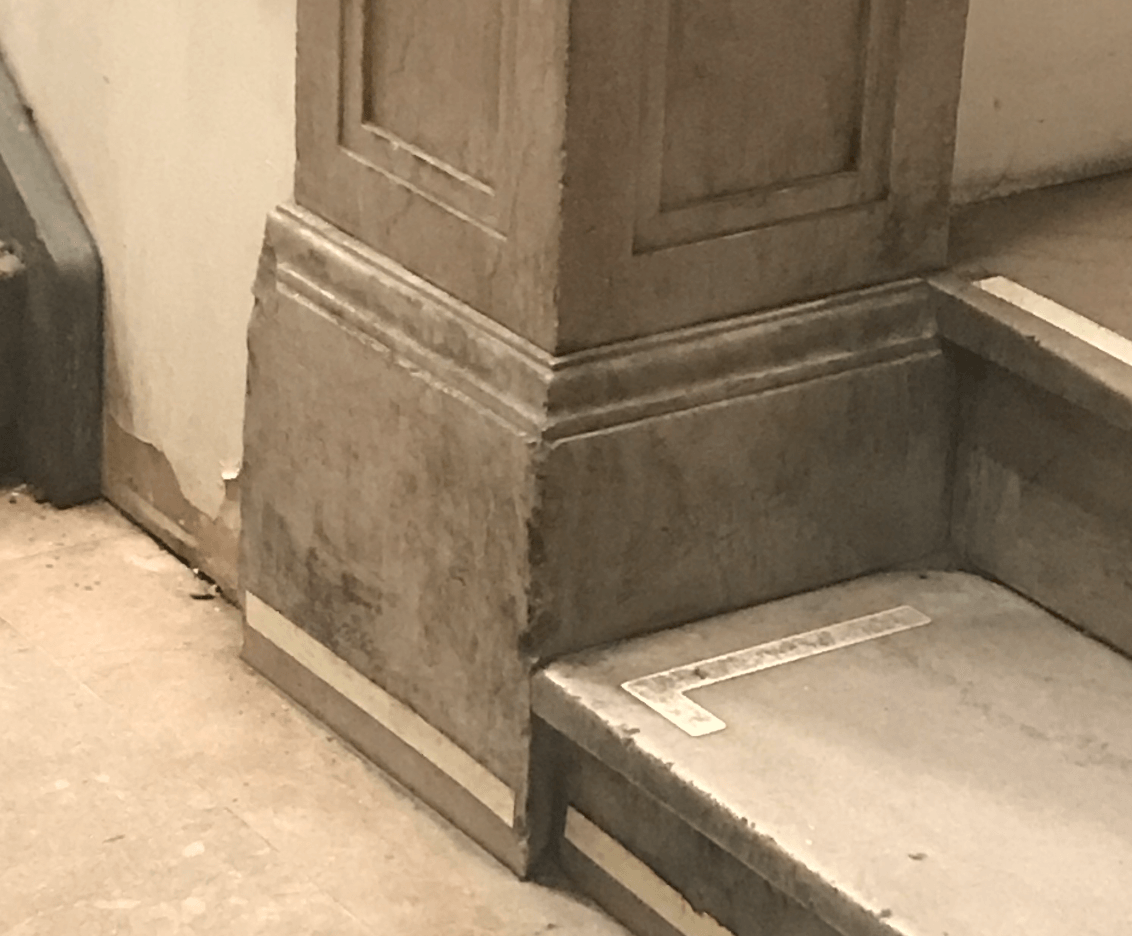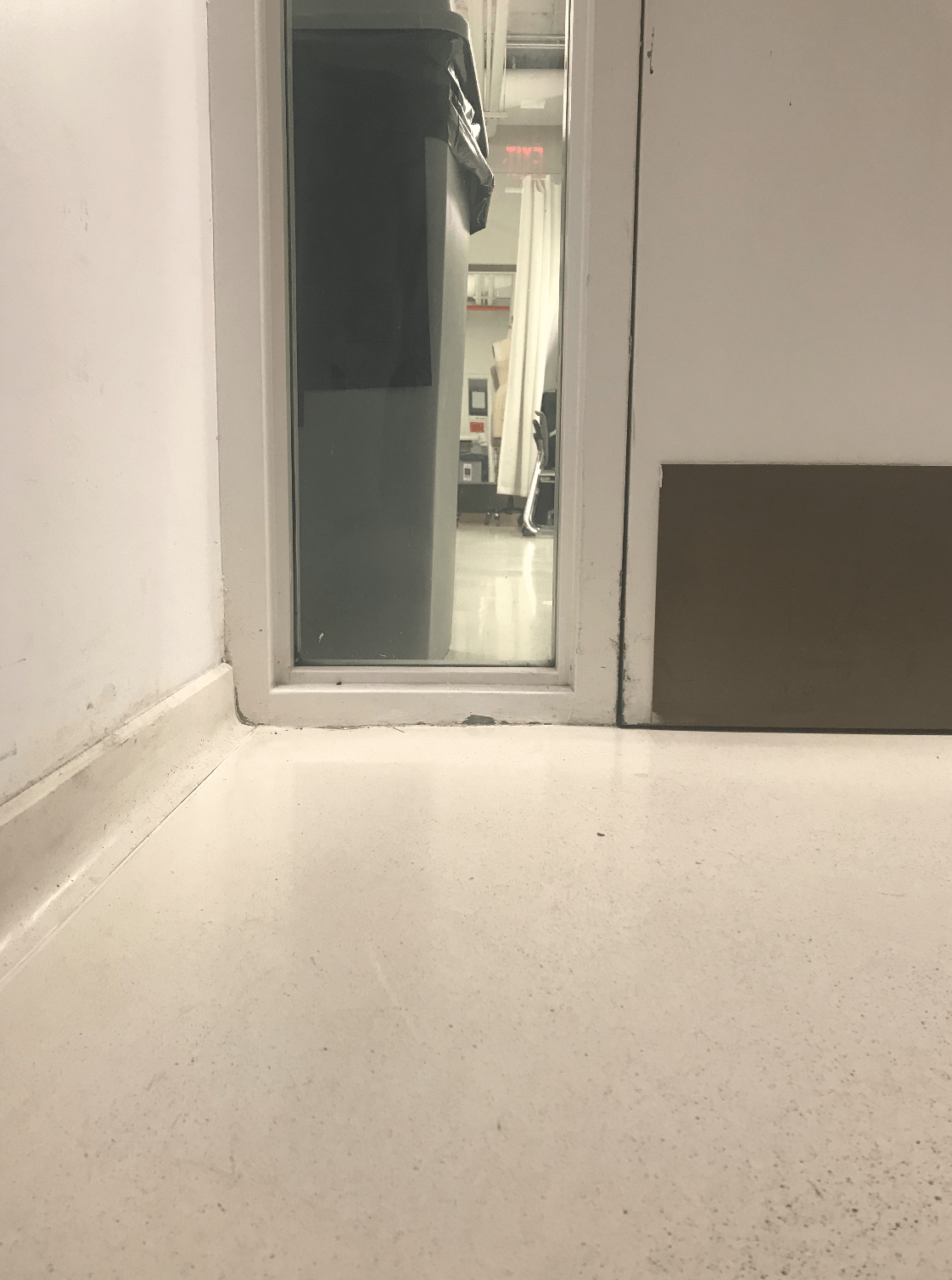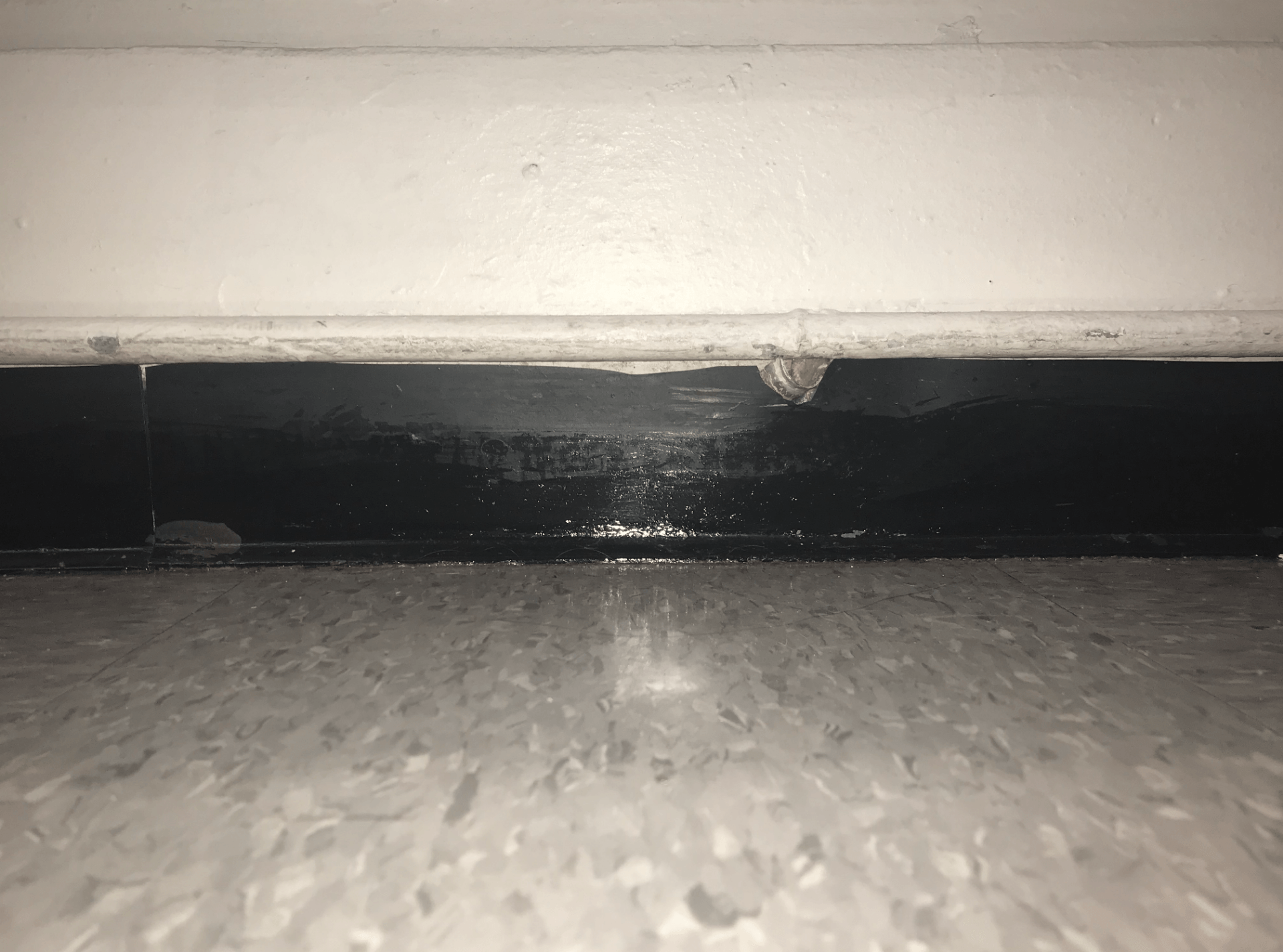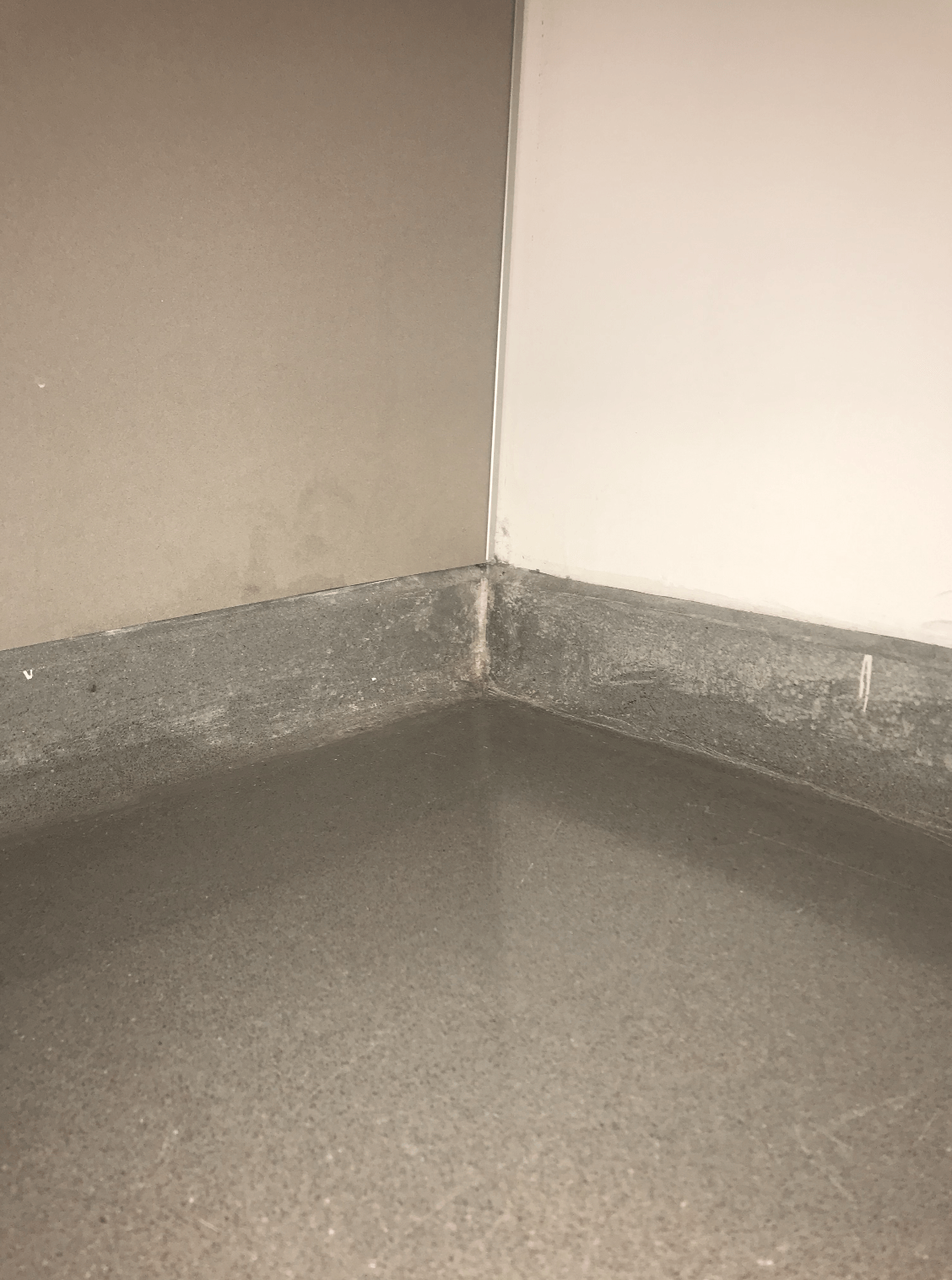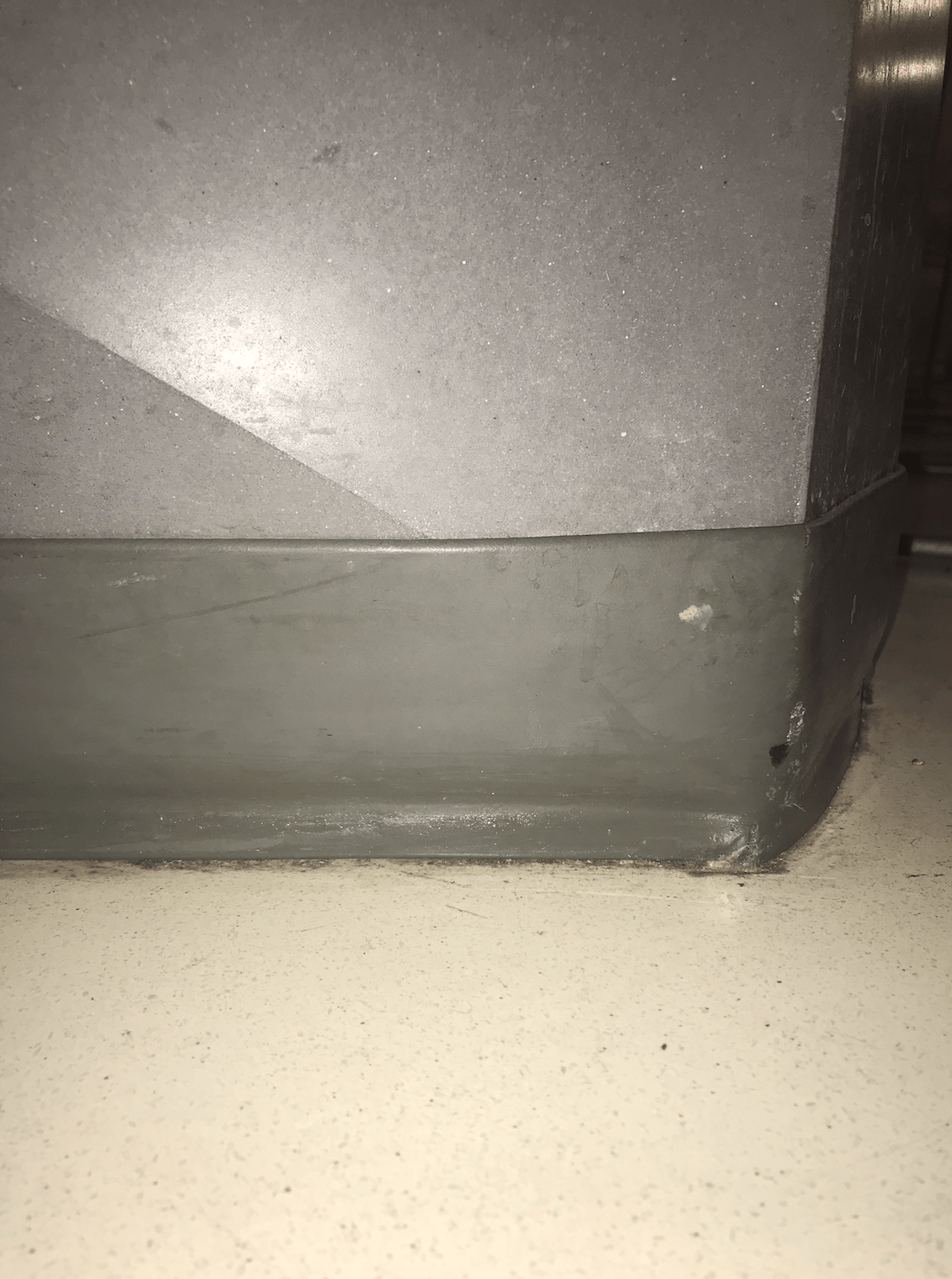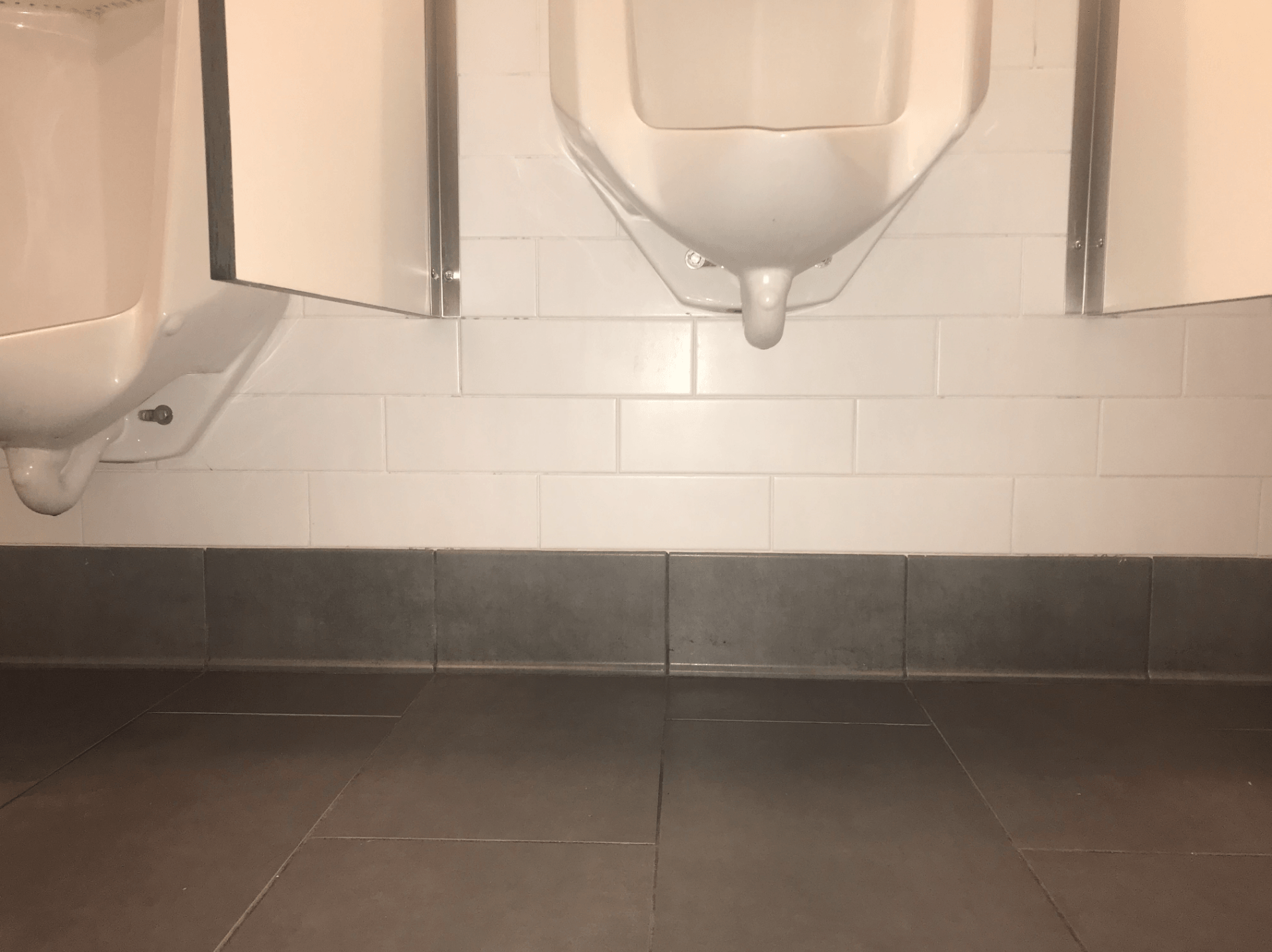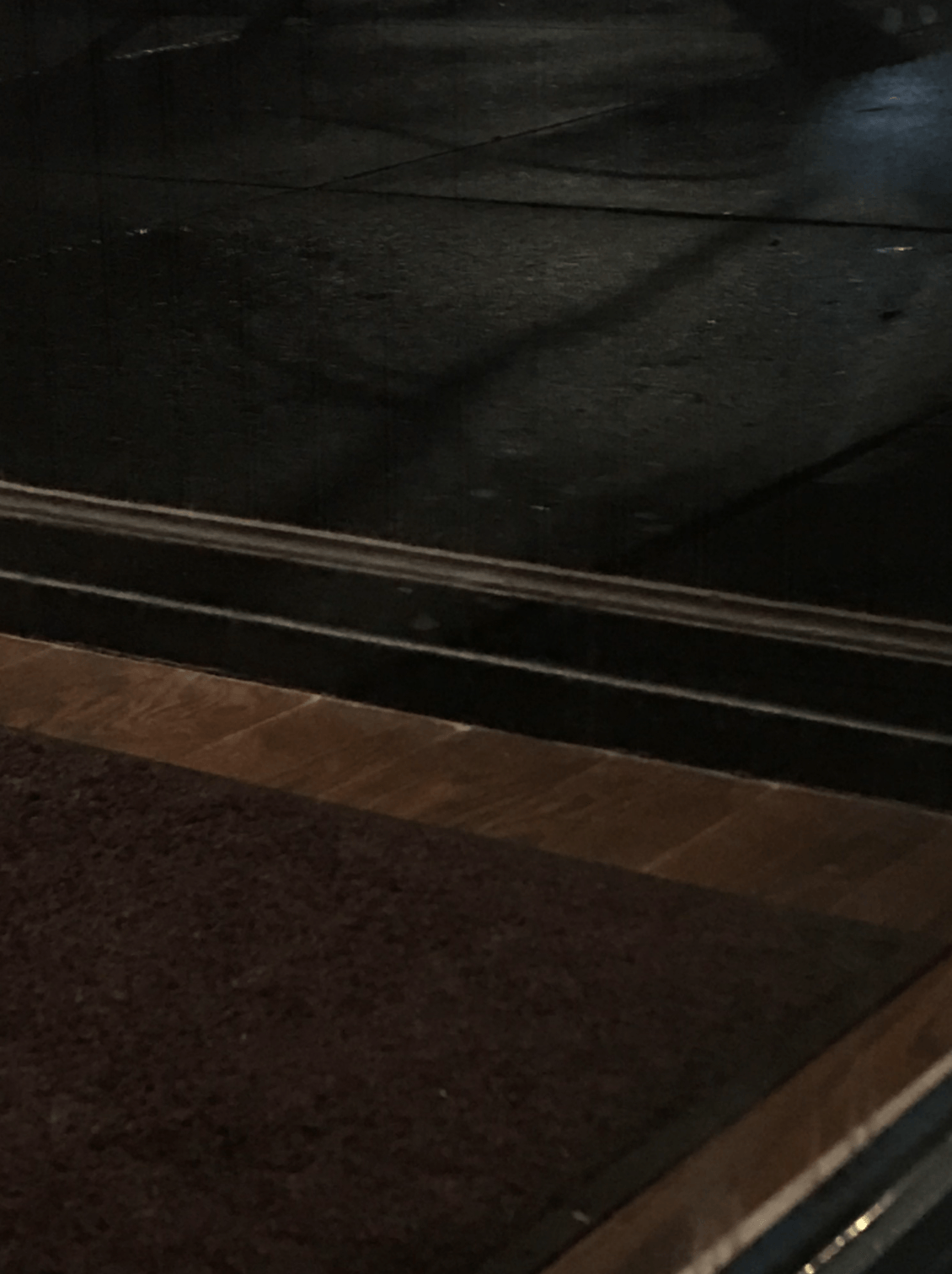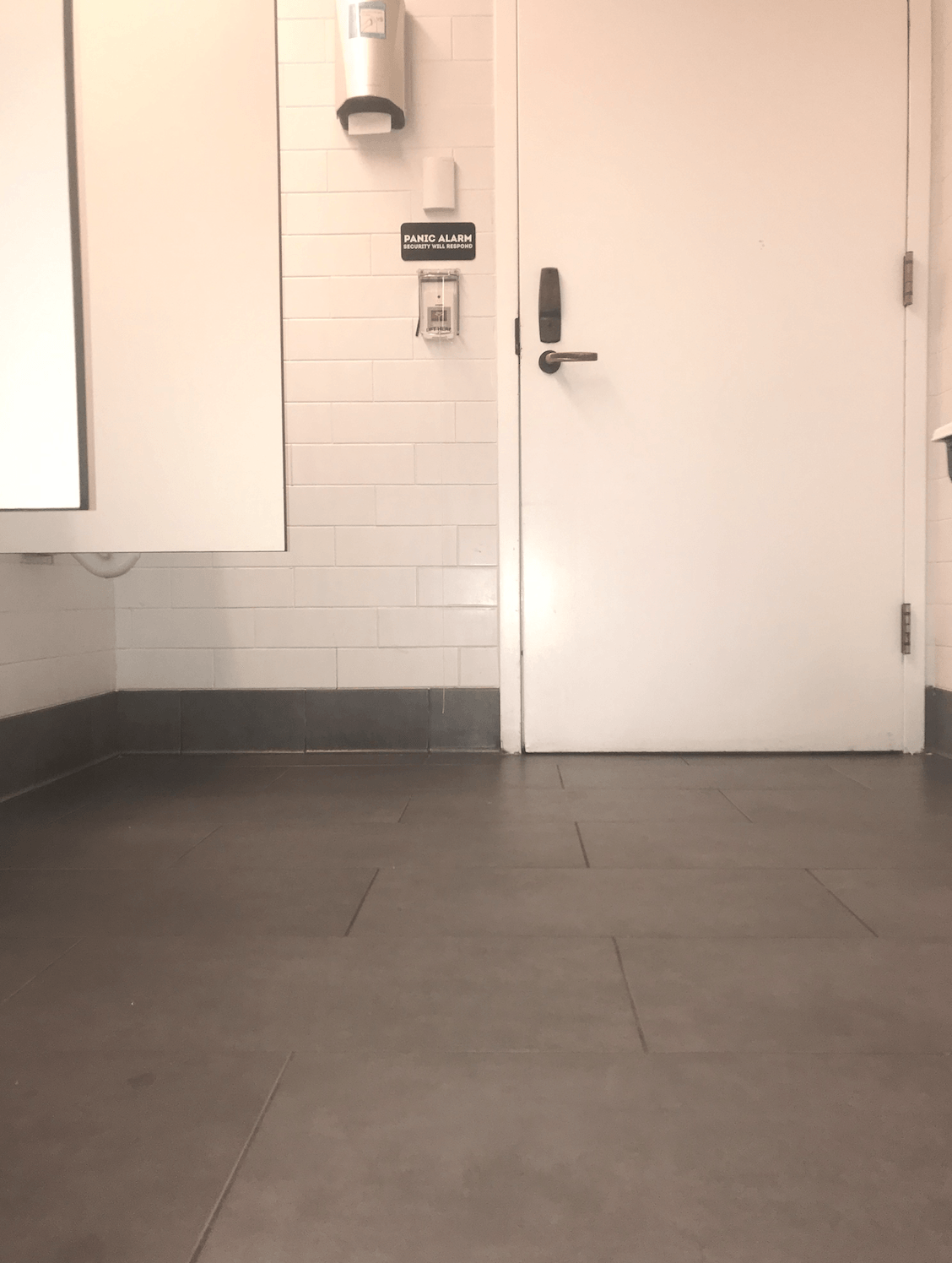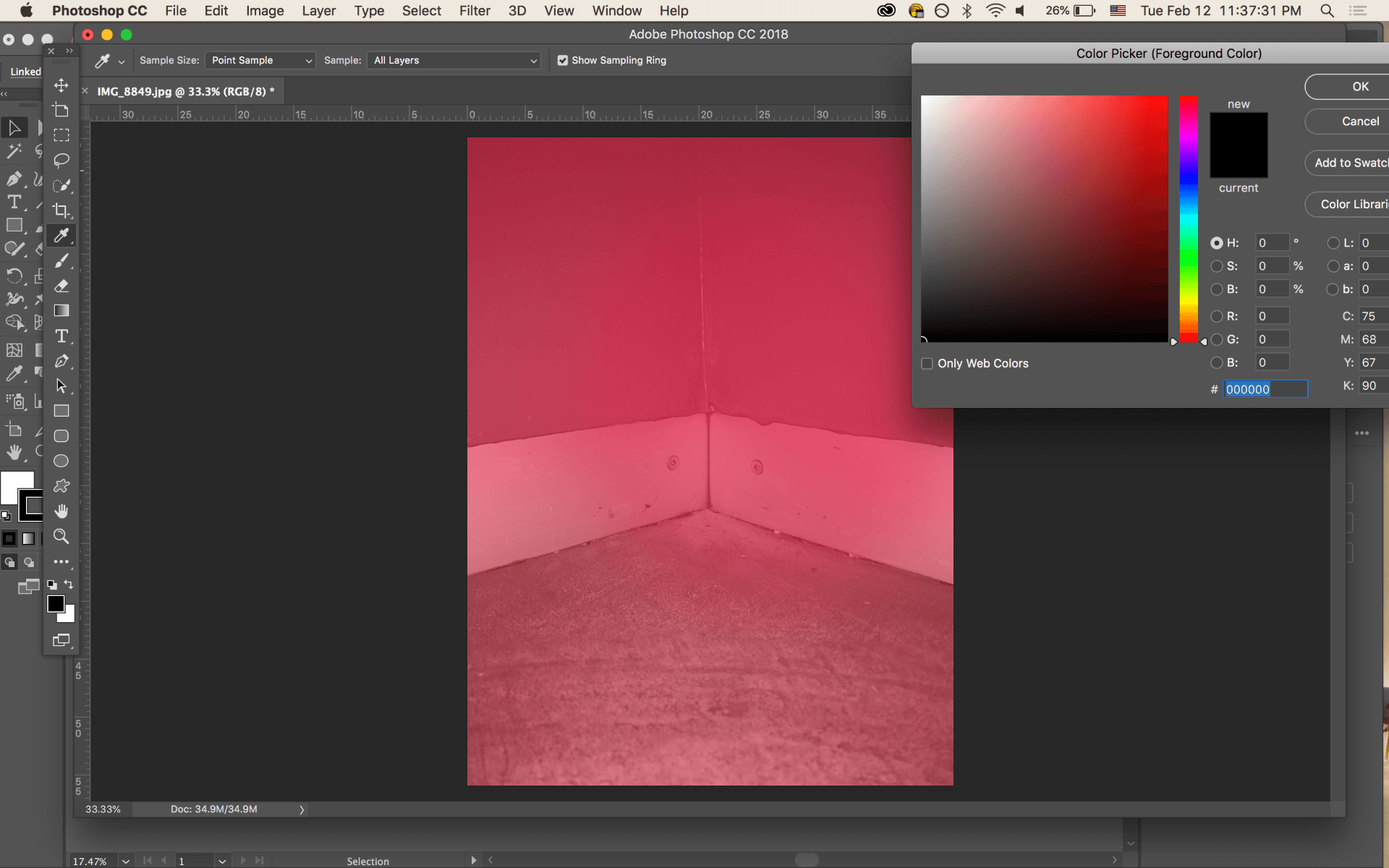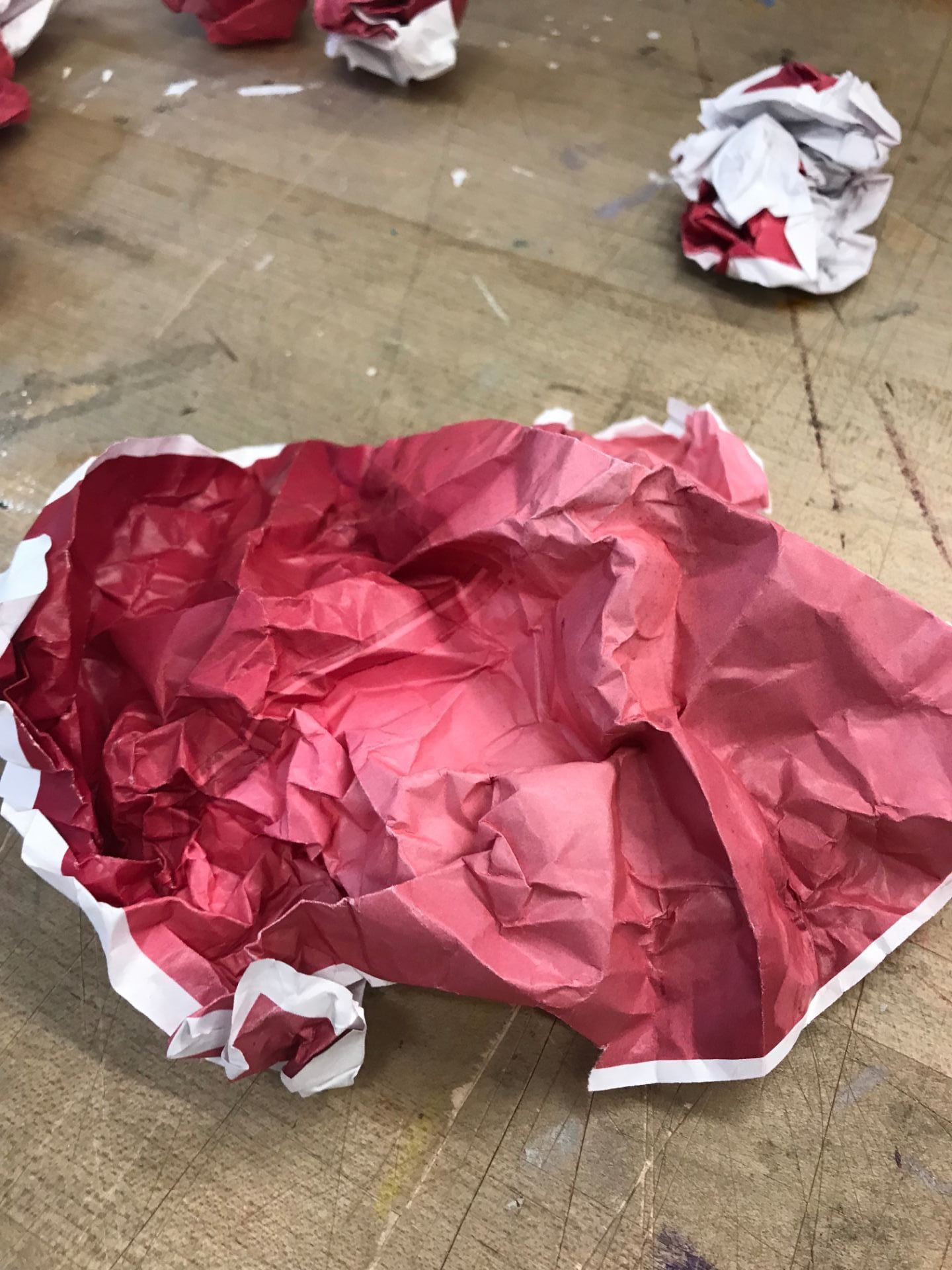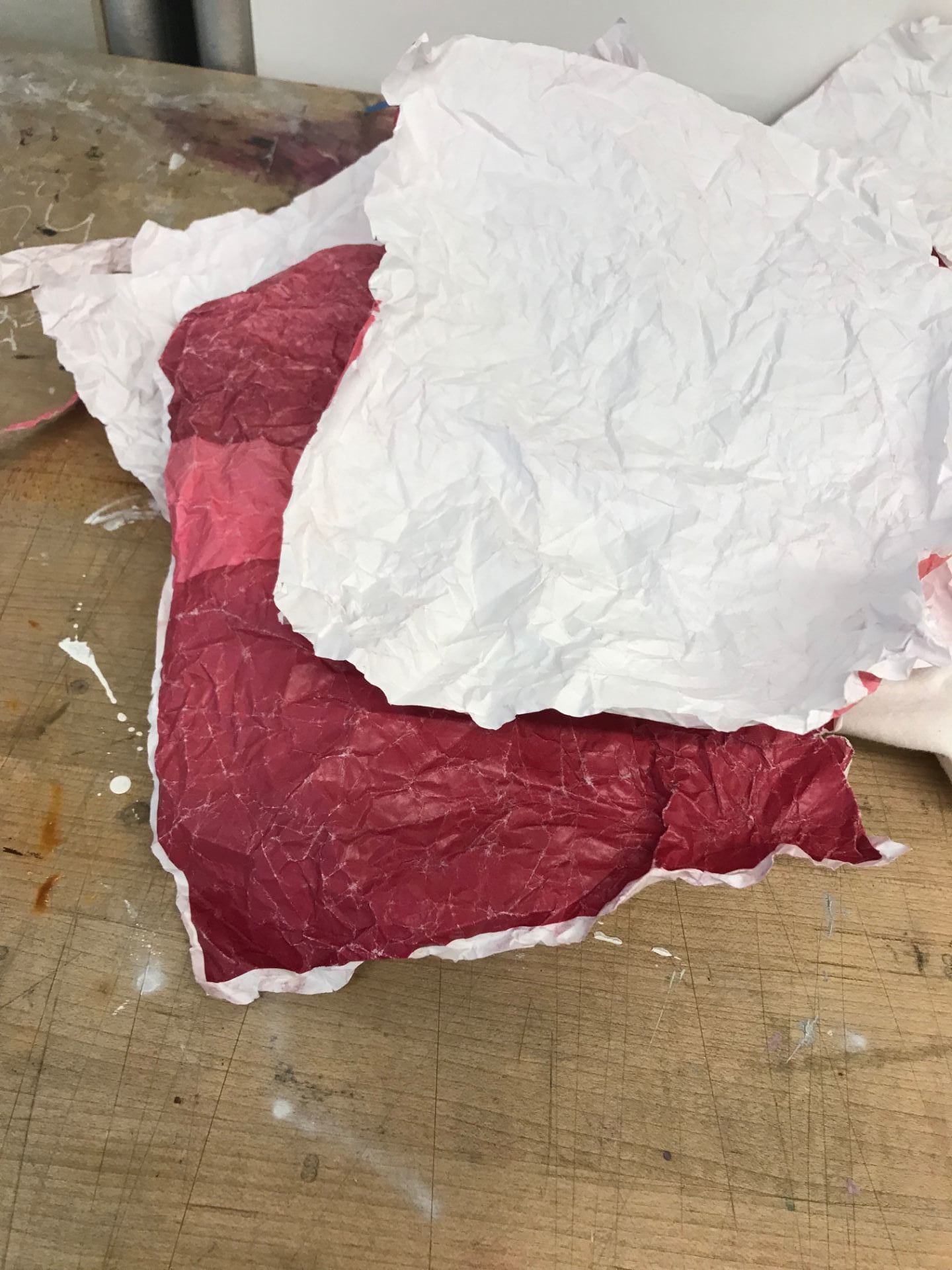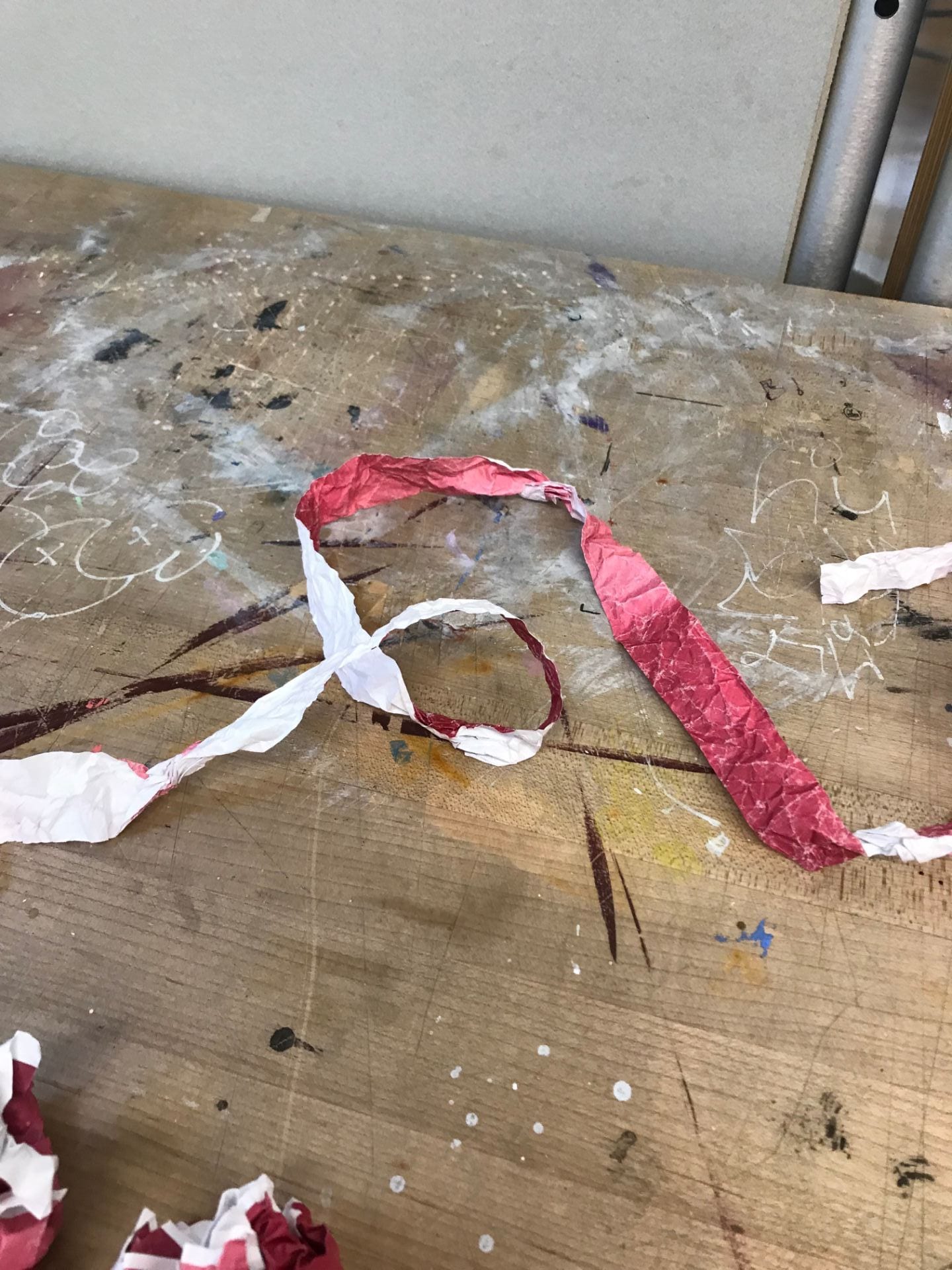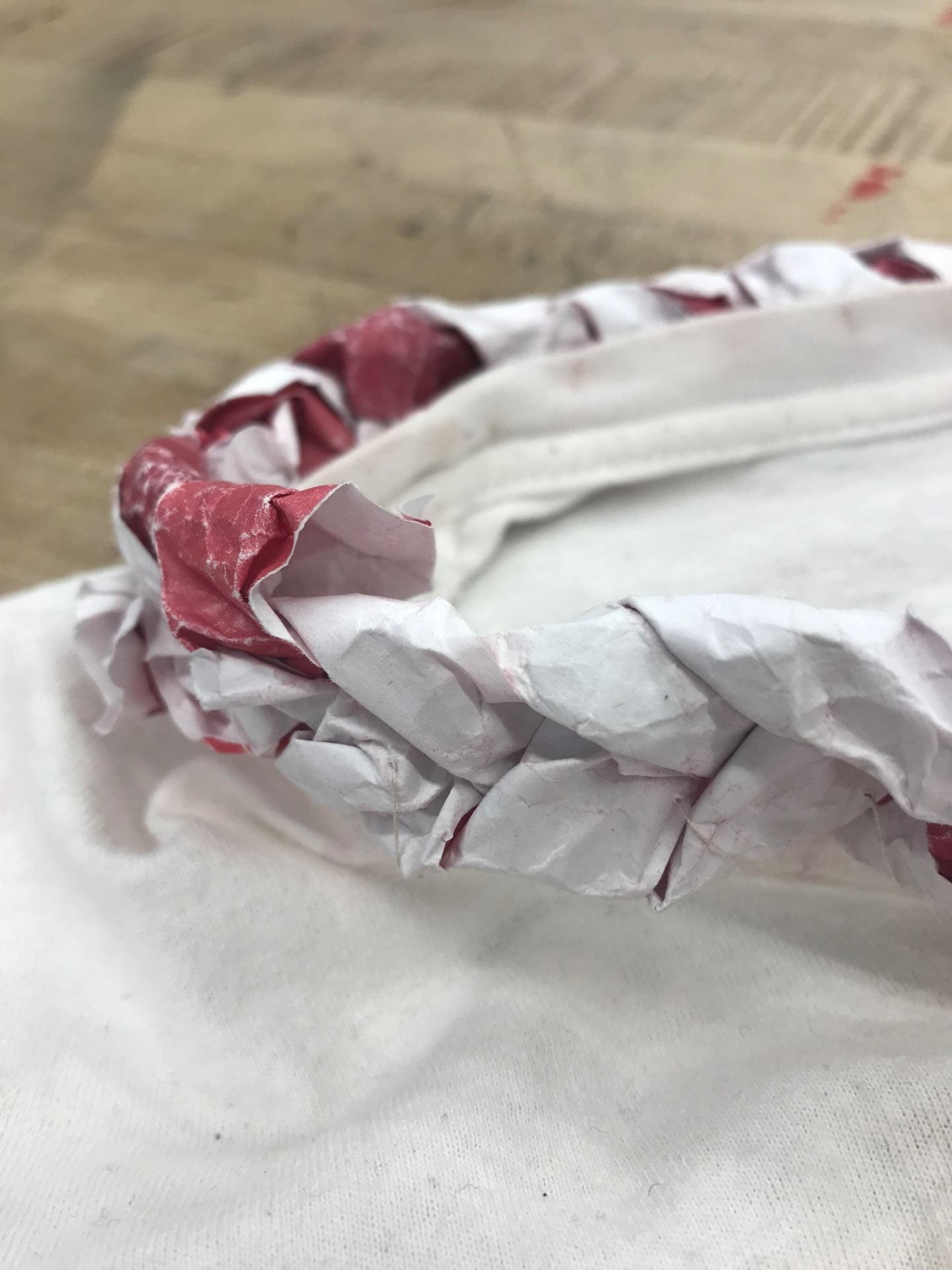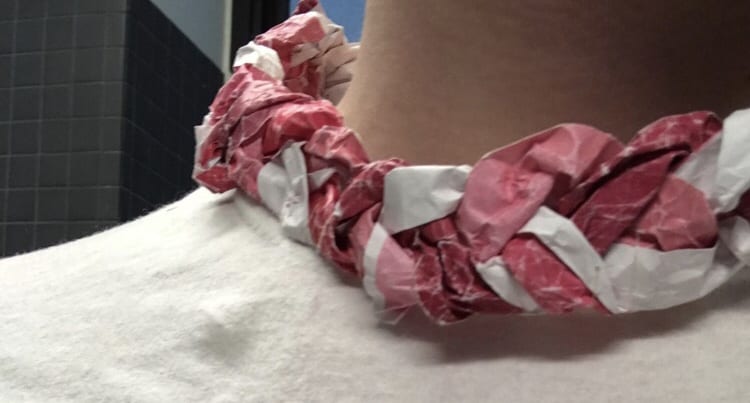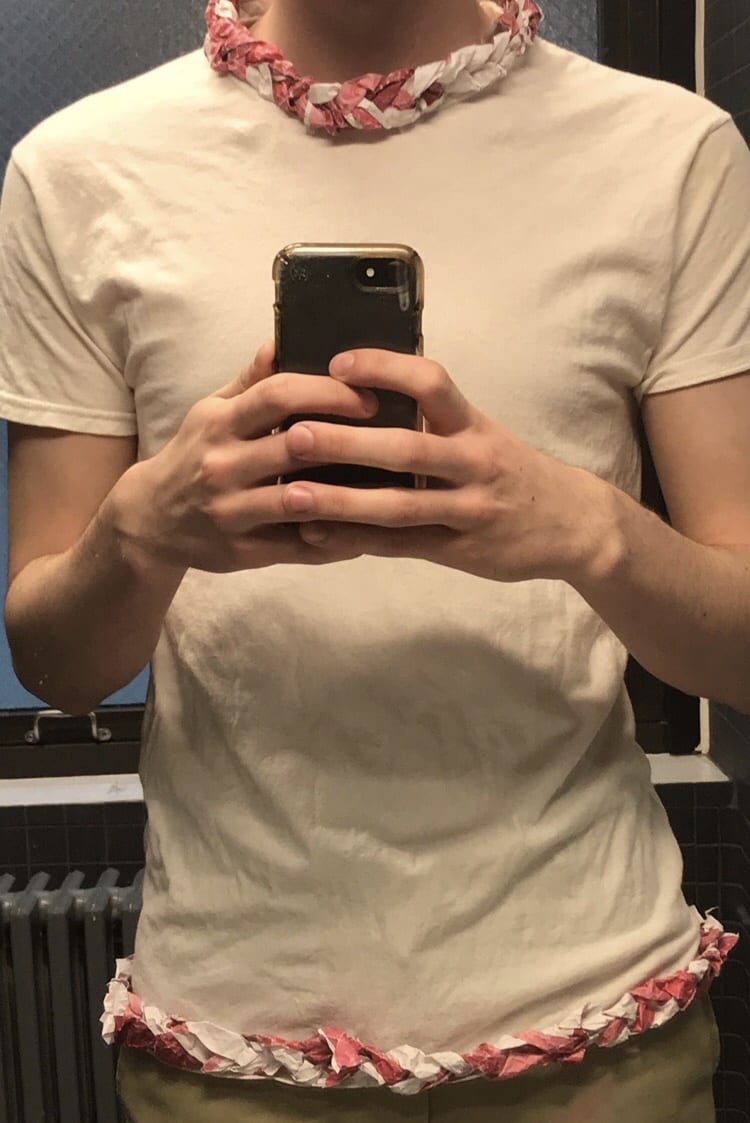Correctly formatted version: https://docs.google.com/document/d/12iC2KOsQkjKl3-GrUyDj7jZQF69DWqqfZKbDpD3rmfo/edit?usp=sharing
Analyzing Baseboard
I find trim especially interesting, as it is used to cover an aspect of a room, while adding aesthetic appeal. Trim and baseboard covers the seams of the room, where the walls end and where the floors begin. Baseboard is a decorative element – in some instances more decorative than others – either way, any room feels bare without it. Even if most people don’t even notice it. Sometimes it is ornately carved wood, and sometimes builders use a more economical strip of rubber or vinyl. Baseboard does have functional purposes. In earlier homes it was most likely functional, helping to keep drafts from inside of the walls, to keep pests from entering or hiding in the walls, and to help dampen noise to add privacy between rooms. Actually, all of these purposes still apply today! Unless there is no gap between the wall and the floor and it is completely decorative.
In taking my photos for this assignment, I noticed a few things. First off, the majority of trim and baseboard in newer institutional buildings is vinyl. However, I did see an example of metal baseboard in the parsons building on the first floor (see the last image in the black and white grid below.) It actually looks like more of a toe kick as it is recessed, but I think that’s just a term reserved for cabinets.1 I have also thought of a fourth, added benefit of trim. It can keep the room looking cleaner, as it is usually made or covered in a shiny, easy to clean material (like high gloss paint or shiny vinyl), and is sometimes a darker color than the walls. Stains and scuffs are camouflaged this way.
I would be interested to see where this architectural detail is going in the future. How will we cover the seams of our walls, if at all? Something I have noticed in the University Center is how trim has disappeared altogether on certain walls. Maybe trim will die out eventually because walls are 3D printed and have no seams!
( 1st draft: Baseboard! Baseboard is the molding that goes along the bottom of a wall. In some cases it is purely decorative, sometimes it is purely for functional purposes, and sometimes it is used for both. I chose baseboard because I am interested in how objects we see today have evolved or been influenced by their origins. In the oldest wooden houses constructed most trim was used to fully seal walls and keep out drafts and pests. Over time builders started to make these pieces of wood more decorative, adding aesthetic appeal to a room. Nowadays, many rooms still do benefit functionally from adding trim and baseboard. If there is a gap between the surface of the wall and the floor, there could be drafts or space for mice to crawl through. Covering these gaps also reduces the transfer of noise between rooms in a building! Now many rooms no longer have trim at the top of the wall called crown moulding, but it is still common.
Here are some terms that mean (or effectively mean baseboard)
- Kick-board (a piece of material placed underneath a cabinet to cover gaps)
- Toe kick (same as above)
- Skirting
- Floor molding)
Sculptural Iteration & Reflection
I think this was a challenging project. The number of aspects of this project were difficult to deliver all at once. We were asked to have create sculpture, include the theme of our object, and do this in a way that utilizes the actual photographs we took of our objects. My first idea involved a cake, and the piping on a cake as a metaphor for the trim on a house. My angle with trim was to really think about its function, and its aesthetic purpose as well. In that sense, I think piping on a cake is similar to baseboard in a house; it is a decorative element that covers a gap or seam on the structure of an object.
As I realized that it was going to be challenging to integrate 1. Piping 2. Baseboard AND 3. Actual printed photographs into a cohesive (and easily constructed form,) I switched to playing with the idea of decorative “trim” on a garment.
First, I put my images through photoshop to make them red.
Next, I printed many of my images. In order to be able to braid my images together, I crumpled and un-crumpled each photo 3 times. Then, I cut each image into strips to be braided into a sort of a rope.
Finally, I sewed this “rope” onto the neck and the hem of a plain white t-shirt. I chose a plain white t-shirt because I wanted the attention of the viewer to be mostly on the decorative hem I had created, and because the idea of trim in this context is to dress something up that is typically boring. Like placing decorative trim at the base and crown of a blank wall, I placed decorative “rope” at the base and the “crown” of my t-shirt.
If I could do it all over again (taking the feedback I received during crit into account,) I would have chosen to put the trim on the sleeves as well. I’m tempted to say I wish I had made the form of the piece more interesting (less pedestrian), something like a crop top maybe, but at the end of the day I think that would have been unnecessary as it doesn’t rhetorically connect to my architectural feature or the subject’s I’m bringing up with this piece.
